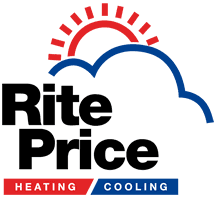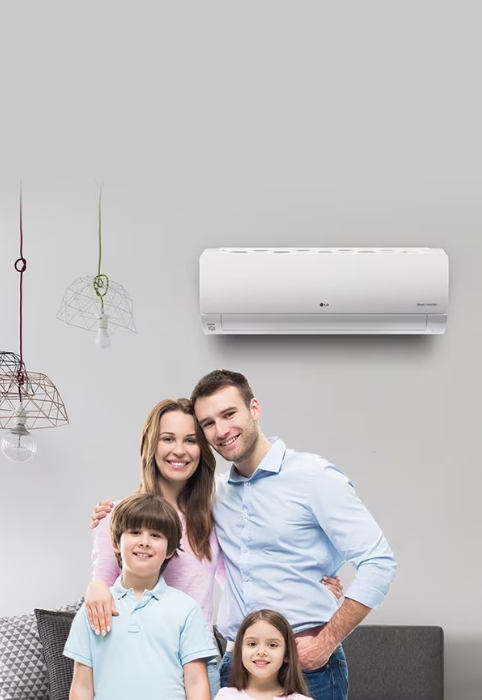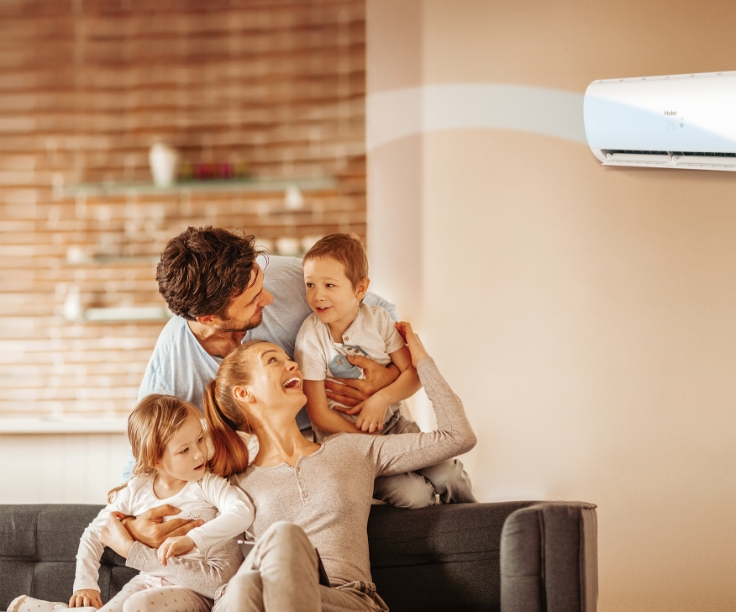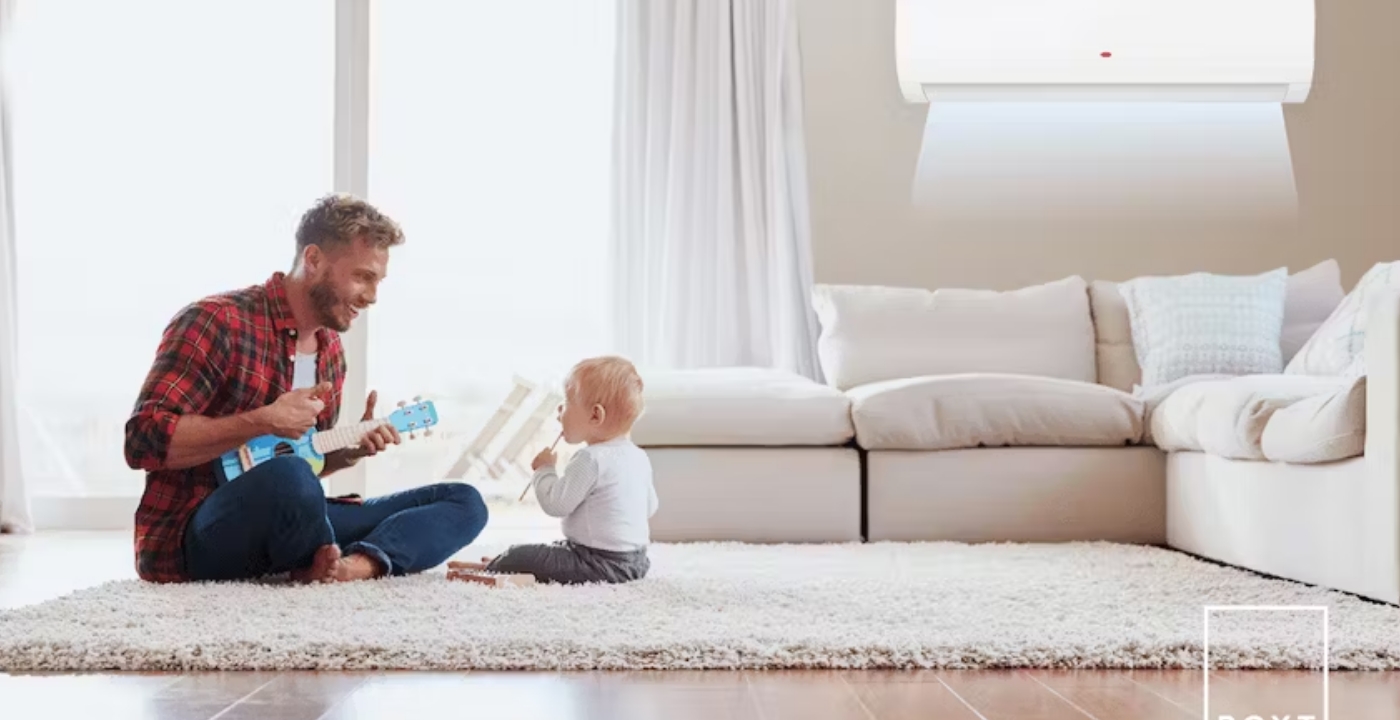Room air conditioner
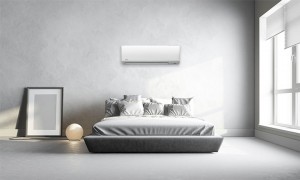
How room air conditioners operate
Smaller room air conditioners (i.e., those drawing less than 7.5 amps of electricity) can be plugged into any 15- or 20-amp, 115-volt household circuit that is not shared with any other major appliances. A larger room air conditioner (i.e., those drawing more than 7.5 amps) need their own dedicated 115-volt circuit. The largest models require a dedicated 230-volt circuit.
ENERGY EFFICIENCY OF A ROOM AIR CONDITIONER
A room air conditioner efficiency is measured by the energy efficiency ratio (EER). The EER is the ratio of the cooling capacity (in British thermal units [Btu] per hour) to the power input (in watts). The higher the EER rating, the more efficient the air conditioner. National appliance standards require room air conditioners to have an energy efficiency ratio (EER) ranging from 8.0–9.8 or greater, depending on the type and capacity, and ENERGY STAR® qualified room air conditioners have even higher EER ratings.
The association of home appliances manufacturer reports that the average EER of room air conditioners rose 47% from 1972 to 1991. If you own a 1970s-vintage room air conditioner with an EER of 5 and you replace it with a new one with an EER of 10, you will cut your air conditioning energy costs in half.
When buying a new ROOM AIR CONDITIONERS, look for units with an EER of 10.0 or above. Check the Energy Guide label for the unit, and also look for room air conditioners with the ENERGY STAR label.
SIZING AND SELECTING A ROOM AIR CONDITIONER
Size always matters when choosing a room air conditioner—but bigger isn’t always better.
The correct cooling capacity depends on the size of your room.
Most room air conditioners range from 5,500 to 14,000 Btu per hour in cooling capacity.
A common unit of measurement is a “ton”, equal to 12,000 Btu per hour.
Why Proper Sizing Matters
Oversized air conditioners cool rooms too quickly and shut off before dehumidifying, leaving spaces damp and uncomfortable.
Smaller, properly sized units run longer, providing better efficiency and consistent humidity control.
General Sizing Rule
You’ll need about 20 Btu per square foot of living space, depending on room layout and other factors.
Additional Considerations
Room height
Climate conditions
Shading and sun exposure
Window and insulation quality
Electrical Compatibility
Always verify your electrical system supports your chosen unit.
Room air conditioners run on 115-volt or 230-volt circuits.
Standard outlets are 115V, but larger units may require dedicated or special circuits.
Directional Airflow
Installing in a corner? Choose a model that allows adjustable airflow direction for even air distribution.
Need extended air coverage?
Look for features like “Power Thrust” or “Super Thrust” to push cool air farther.
Must-Have Features
When selecting your AC, look for:
Easy-to-remove filter for cleaning
User-friendly controls
Digital thermostat readout
Built-in timer for efficiency
INSTALLING AND OPERATING YOUR ROOM AIR CONDITIONER
Plan Before You Install
A little planning saves energy and money.
Always install the unit level to keep drainage systems working efficiently.
Avoid Heat Sources Near Thermostat
Keep TVs and lamps away from your air conditioner’s thermostat.
They emit heat that causes the system to run longer than needed.
Set the Thermostat Right
Set your thermostat as high as comfortably possible in summer to reduce cooling costs.
Don’t crank the AC colder than usual—it won’t cool faster and wastes energy.
Adjust Fan Speed by Humidity
Use high fan speed in normal conditions.
Switch to low speed on humid days to remove moisture more effectively.
Use Interior Fans for Circulation
If you install a window unit, add an interior fan to help distribute cool air across larger spaces.
Split Systems for South Australia Heat
In South Australia’s dry heat, split systems offer year-round efficiency and consistent comfort.
Get a Free Quote Today
Call Rite Price Heating & Cooling at 1300Cooling for a free quote and professional installation advice tailored to your needs.
